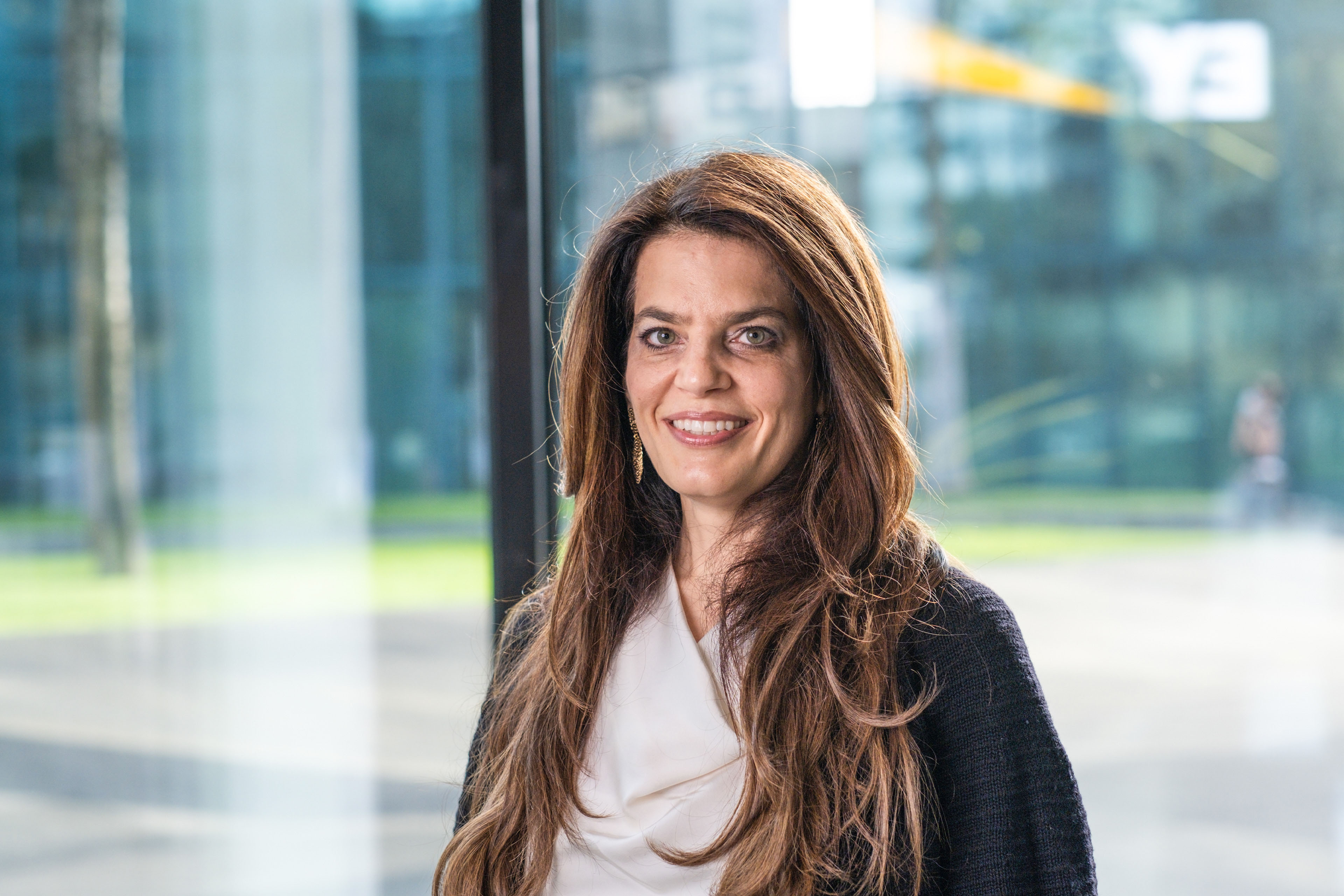Life Sciences ecosystems thrive through the integration of five key elements: stakeholders, talent, research and development (R&D), business activities and a supporting environment.
Our findings indicate that the Basel Area excels due to its dense and diverse network of stakeholders, including major pharmaceutical leaders like Roche, Novartis, and Johnson & Johnson, along with numerous start-ups, research institutions and investors. This concentration fosters a collaborative research environment, reflected in the region’s high research output per capita. The Basel Area also boasts a well-developed infrastructure, featuring science parks and ample laboratory space that enhance operational efficiency for Life Sciences companies. The region’s talent landscape emphasizes quality over quantity.
While producing fewer graduates than Boston and London, the Basel Area’s research-intensive academic institutions attract international talent and drive strong R&D capabilities through close industry collaboration. A notable emphasis on late-stage clinical trials, with 59% in Phase III, underscores the region’s strength in advancing therapies toward market readiness. However, limited early-stage research represents an area for growth; bolstering early-phase activity could strengthen the innovation pipeline. Business activities in the Basel region are characterized by targeted and high-value transactions, with deal sizes comparable to those in larger ecosystems. In general, venture capital (VC) and late-stage funding provide economic stability but constrain opportunities for early-stage ventures. Basel Area VC funding is a strength of the ecosystem but a declining trend in early-stage funding highlights the need to enhance financial support for start-ups to sustain a robust flow of innovation. The Basel Area’s specialization in biopharma is a key driver of its success, yet it also exposes the region to market fluctuations specific to this sector.
Diversifying into medtech and digital health could create new avenues for cross-sector innovation within life science and medicine, increase resilience, and position the Basel Area to address a broader range of healthcare challenges.







